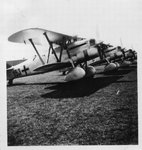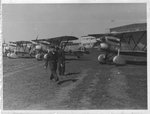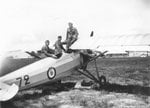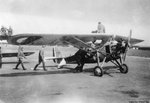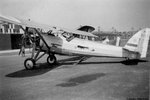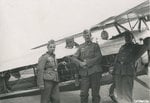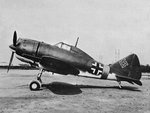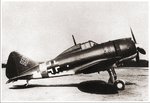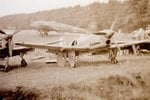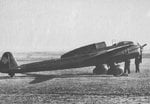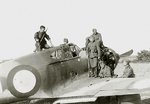- Thread starter
- #41
The Fiat CR.32 was an Italian biplane fighter used in the Spanish Civil War and World War II. The CR 32 fought in North and East Africa, in Albania and in the Mediterranean theatre. Used extensively in the Spanish Civil War, it gained a reputation as one of the outstanding fighter biplanes of all time. But then it was overtaken by more advanced monoplane designs and was obsolete by 1939.
In spring 1936 45 CR.32s were ordered by Austria to equip Jagdgeschwader II at Wiener Neustadt. But in March 1938 the Austrian units were absorbed into Luftwaffe. After a brief period the 36 remaining aircraft were handed over to Hungary. With the Luftwaffe, these fighters were used as advanced trainers.
In spring 1936 45 CR.32s were ordered by Austria to equip Jagdgeschwader II at Wiener Neustadt. But in March 1938 the Austrian units were absorbed into Luftwaffe. After a brief period the 36 remaining aircraft were handed over to Hungary. With the Luftwaffe, these fighters were used as advanced trainers.

